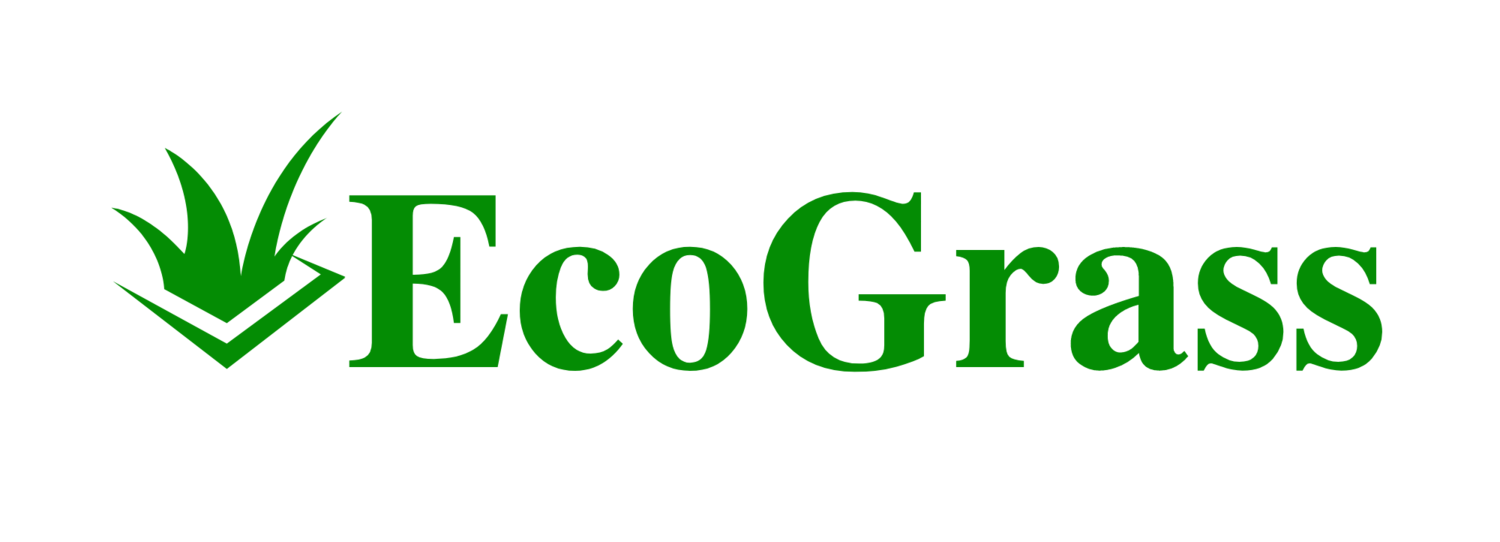Artificial turf is a popular choice for pet owners, offering a low-maintenance, durable, and visually appealing lawn. However, one common challenge is dealing with dog pee. Without proper cleaning, odors can build up, turning your backyard oasis into an unpleasant space. Maintaining fresh and clean turf doesn’t have to be difficult. This guide provides effective solutions to ensure your artificial grass stays odor-free and pet-friendly.
Why Does Dog Pee Cause Odor on Turf?
Dog urine contains uric acid and ammonia, which can penetrate the synthetic fibers and infill of artificial turf. Over time, this leads to the buildup of bacteria and lingering odors. Unlike natural grass, turf doesn’t have soil to absorb and neutralize waste, making regular cleaning essential. The smell becomes particularly noticeable in warmer weather as heat intensifies odors, highlighting the importance of consistent maintenance.
Supplies You’ll Need
Before you begin, gather the following supplies:
Hose with a spray nozzle
Pet-safe enzymatic cleaner
Turf deodorizer (optional)
Soft-bristle brush
Bucket of warm water
These tools are essential for eliminating odors while maintaining the integrity of your turf.
Step-by-Step Guide: How to Clean Turf from Dog Pee
Rinse the Area
Start by thoroughly rinsing the affected area with a hose. Use a spray nozzle to create pressure, which helps flush out any residue trapped in the turf fibers and infill. Prompt rinsing after your dog urinates is ideal for minimizing odor buildup.
Apply an Enzymatic Cleaner
Spray a pet-safe enzymatic cleaner directly on the spot. These cleaners break down urine proteins, effectively neutralizing odors and eliminating bacteria. Eco-friendly options ensure safety for both pets and the environment.
Scrub Gently
Use a soft-bristle brush to work the cleaner into the turf. Focus on the specific area but avoid scrubbing too harshly to protect the synthetic fibers. A gentle, circular motion ensures the cleaner penetrates deeply.
Let It Sit
Allow the enzymatic cleaner to sit for 10-15 minutes. This gives the solution enough time to break down the urine molecules. Avoid walking on the treated area during this period.
Rinse Again
After letting the cleaner work its magic, rinse the area thoroughly with water. This ensures all cleaning solution is washed away, preventing residue buildup and sticky patches.
Use a Turf Deodorizer (Optional)
For extra freshness, apply a turf deodorizer designed for pet use. These products add a pleasant scent and help prevent future odors while maintaining turf hygiene.
Benefits of Regular Turf Cleaning
Maintaining clean turf has multiple advantages beyond odor control:
Hygiene: Regular cleaning reduces bacteria, making the space safer for pets and humans.
Longevity: Proper maintenance extends the life of your artificial turf, protecting your investment.
Aesthetic Appeal: Clean turf enhances the overall look of your outdoor space.
Preventive Measures to Keep Your Turf Clean
Regular Maintenance
Rinse Weekly: Hose down the turf weekly to prevent urine buildup and maintain freshness.
Spot Clean Immediately: Address accidents as soon as they happen to minimize long-term issues.
Choose the Right Infill
Opt for pet-friendly infill materials like Zeolite, which neutralizes odors and absorbs moisture. Zeolite is particularly effective for heavy pet traffic areas, minimizing the smell of ammonia from urine.
Train Your Dog
Encourage your dog to use a designated area of the turf for their bathroom needs. This makes cleaning easier and reduces overall wear. You can create a pet zone with visual markers or treats to train your dog effectively.
Use Artificial Turf Odor Control Products
Consider investing in sprays, granules, or other products designed specifically for artificial turf maintenance. These simplify cleaning and enhance odor control.
What to Avoid When Cleaning Turf
Harsh Chemicals: Avoid using bleach or ammonia-based cleaners, as they can damage the turf and worsen odors.
Pressure Washers: High pressure can dislodge infill and damage synthetic fibers.
Neglecting Maintenance: Skipping regular cleaning can lead to permanent damage and odor buildup. Small issues addressed early are easier and less costly to resolve
Final Thoughts on Maintaining Turf Hygiene
Keeping your artificial turf clean from dog pee is simple with the right tools and routine. By following these steps and preventive measures, you can enjoy a fresh, odor-free lawn that both you and your furry friend will love. Regular maintenance not only ensures hygiene but also preserves the look and functionality of your turf..
Frequently Asked Questions
Can I Use Vinegar to Clean Turf?
Yes, a mixture of water and white vinegar can be an effective natural cleaner. However, enzymatic cleaners are more powerful for breaking down urine proteins. Use vinegar as a backup if enzymatic cleaners are unavailable.
How Often Should I Clean My Turf?
For households with pets, weekly rinsing and monthly deep cleaning are recommended. This routine helps maintain freshness and prevents odors from accumulating.
Will Dog Pee Damage My Artificial Turf?
No, high-quality turf is designed to withstand pet use. Regular cleaning ensures its longevity and freshness. Choose turf with a permeable backing to allow proper drainage.
How Do I Remove Stubborn Odors?
For persistent smells, combine enzymatic cleaners with a turf deodorizer. If the issue persists, consult a professional turf cleaning service.

